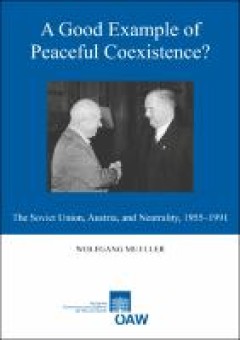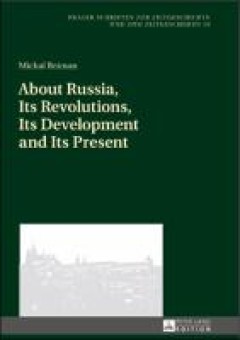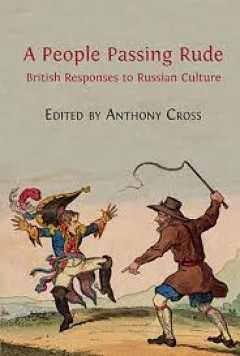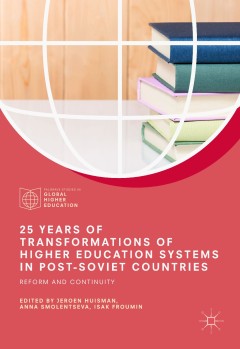Filter by

Globalization and Economic Diversification : Policy Challenges for Economies …
This book is available as open access through the Bloomsbury Open Access programme and is available on bloomsburycollections.com. This volume brings together new contributions from renowned academic scholars, from experts on economies in transition and from the United Nations, the European Union, the European Bank for Reconstruction and Development as well as other international agencies. It ai…
- Edition
- -
- ISBN/ISSN
- 9781849665766
- Collation
- 264p : ill
- Series Title
- -
- Call Number
- 330.1260947 GLO g

A Good Example of Peaceful Coexistence? The Soviet Union, Austria, And Neutra…
This monograph, based on newly declassified sources from Western and Russian archives as well as on communist texts about international law and neutrality, is the first English-language account of Soviet policy towards neutral yet capitalist Austria during the Cold War. In order to make neutrality a model for the West, the Kremlin presented the unique Soviet-Austrian relationship as "a good exa…
- Edition
- -
- ISBN/ISSN
- -
- Collation
- Knowledge Unlatched (KU)
- Series Title
- -
- Call Number
- -

The Russian Revolutions Of 1917
In October 2017, UiT – the Arctic University of Norway hosted the international conference The Russian Revolutions of 1917: The Northern Impact and Beyond. The aim was to explore the events of 1917 in Russia, with a particular focus on the northern regions and the impact on Russia’s neighbor state in the northwestern corner of the empire, Norway. The conference also included contributions t…
- Edition
- -
- ISBN/ISSN
- 9781644693247
- Collation
- -
- Series Title
- -
- Call Number
- -

About Russia, Its Revolutions, Its Development And Its Present
The author analyzes modern Russian history from a new perspective. Due to the ideological heritage of the XIXth and XXth centuries, the social settings of the sociopolitical history of the USSR (1917–1945) have not been fully identified. Detailed examination of ideological and political concepts shows that the revolution of 1917 became not a middle class, proletarian movement, but rather a pl…
- Edition
- -
- ISBN/ISSN
- 9783653064735
- Collation
- Knowledge Unlatched (KU)
- Series Title
- -
- Call Number
- -

People passing rude: British responses to Russian culture
Described by the sixteenth-century English poet George Turbervile as "a people passing rude, to vices vile inclin’d", the Russians waited some three centuries before their subsequent cultural achievements—in music, art and particularly literature—achieved widespread recognition in Britain. The essays in this stimulating collection attest to the scope and variety of Russia’s influence on…
- Edition
- -
- ISBN/ISSN
- 9781909254121
- Collation
- 1 online resource (xvi, 330 pages) : illustrations (some color)
- Series Title
- -
- Call Number
- 303.48241047

25 years of transformations of higher education systems in post-Soviet countr…
This open access book is a result of the first ever study of the transformations of the higher education institutional landscape in fifteen former USSR countries after the dissolution of the Soviet Union in 1991. It explores how the single Soviet model that developed across the vast and diverse territory of the Soviet Union over several decades has evolved into fifteen unique national systems, …
- Edition
- -
- ISBN/ISSN
- 9783319529806
- Collation
- xxviii, 482p. : ill.
- Series Title
- -
- Call Number
- 378 TWE t
 Computer Science, Information & General Works
Computer Science, Information & General Works  Philosophy & Psychology
Philosophy & Psychology  Religion
Religion  Social Sciences
Social Sciences  Language
Language  Pure Science
Pure Science  Applied Sciences
Applied Sciences  Art & Recreation
Art & Recreation  Literature
Literature  History & Geography
History & Geography